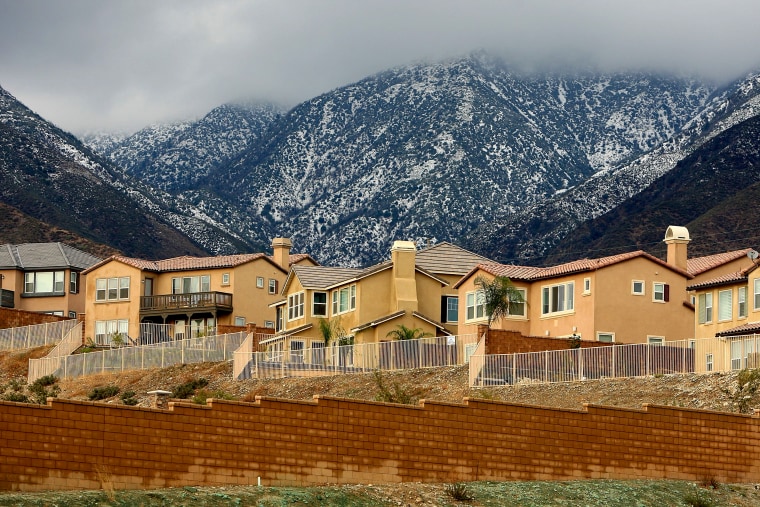Normally, when you save your money in a bank, the bank pays you interest. When you take out a loan, the bank charges you interest. These rates are set by the Federal Reserve and help guide the country’s economic policy.
President Donald Trump wants to upend that, saying a negative interest rate would further boost the economy. What does that mean for bank accounts and loans when how much they make you or cost you is tied to these rates?
Interest rates have always been positive. If that were reversed, and they turn negative, then theoretically the effects could be negative also.
“In a topsy-turvy world of negative interest rates, borrowers win and get paid while savers are penalized,” Ryan Sweet, an economist at Moody’s Analytics, told NBC News.
While no one expects rates to drop to zero or turn negative any time soon, Trump and some of the giants of consumer finance have opened a door that was long assumed to be locked. It’s worth peering through.
Jamie Dimon, CEO of America’s largest bank, JPMorgan Chase, gave an outline of what that might look like, at a recent industry conference.
"I don't think we'll have zero rates in the U.S. but we're thinking how to be prepared for it as a normal course of risk management," he said.
Bank of America, the nation's second largest bank, has also said negative rates are a “possibility.”
If lending became less profitable for banks, then they would have to increase fee-based income, like fees on wealth management and mortgages. Higher fees on checking accounts, overdrafts, and out-of-network ATM withdrawals could result, experts say.
Customers might also have to pay charges if they conduct certain transactions, such as transferring money in person rather than online.
But don’t worry about the idea of being charged by a bank to keep your money there. Any bank that did that would lose customers for other banks that didn’t. In countries that have tried negative interest rates, only large institutional investors have been charged.
“For consumers, let’s get one thing straight about negative interest rates — no one is going to pay you to take out a loan,” Greg McBride, chief financial analyst for Bankrate, told NBC News.
At banks that have offered a negative mortgage rate, the real world impact for consumers is that the balance on their loan goes down by more than they paid when they make their payments.
“For mortgage rates in the U.S. to go negative, something will have to go terribly wrong with the economy, “ said Sweet.
Money market accounts could also start charging customers for keeping their money there, McBride said. However, for some of these to happen the law might have to be changed. It’s not clear, because it’s never happened in U.S. history.
The benchmark rate set by the Fed is meant to promote lower-cost lending for consumers and businesses in order to boost borrowing and spur economic growth.
Miles Kimball, an economics professor at the University of Colorado, has repeatedly argued for countries in serious recession and low inflation to use negative interest rates. In his view, unemployment during the Great Recession wouldn’t have been as bad — and the economy would have recovered faster — if the Fed had deployed negative rates to spur activity.
“If businesses aren’t spending to build factories, buy machines, or do R&D, and households aren’t spending on things to make their lives better, everyone who is trying to produce and sell something is left in the lurch,” he wrote in a 2013 Quartz article.
“Negative interest rates for idle cash would motivate those who would otherwise sit on that cash to take the risks to put it to use to build the economy,” wrote Kimball.
The professor would probably finding a willing listener in the president, who set off all the speculation in a tweet calling for the Fed to cut interest rates to "ZERO or less," and has repeatedly attacked both the central bank and Federal Reserve Chairman Jerome Powell, calling for a looser fiscal policy to juice the economy.
While China, Japan, and Eurozone countries have slashed their interest rate, economists say America’s rates are higher because its economy is stronger.
“Europe has had negative interest rates for five years. They were reeling economically five years ago, and still are today,” said McBride.
According to a recent survey, 74 percent of economists predict America will fall into a recession by 2021, and 14 percent think one will come later. Economists blame an aging population and weak productivity growth, exacerbated by the uncertainties surrounding the protracted trade war between China and the U.S.
For now, the status quo of banks paying you to lend them money in the form of deposits, and charging you when you borrow money, seems safe for the near term.

